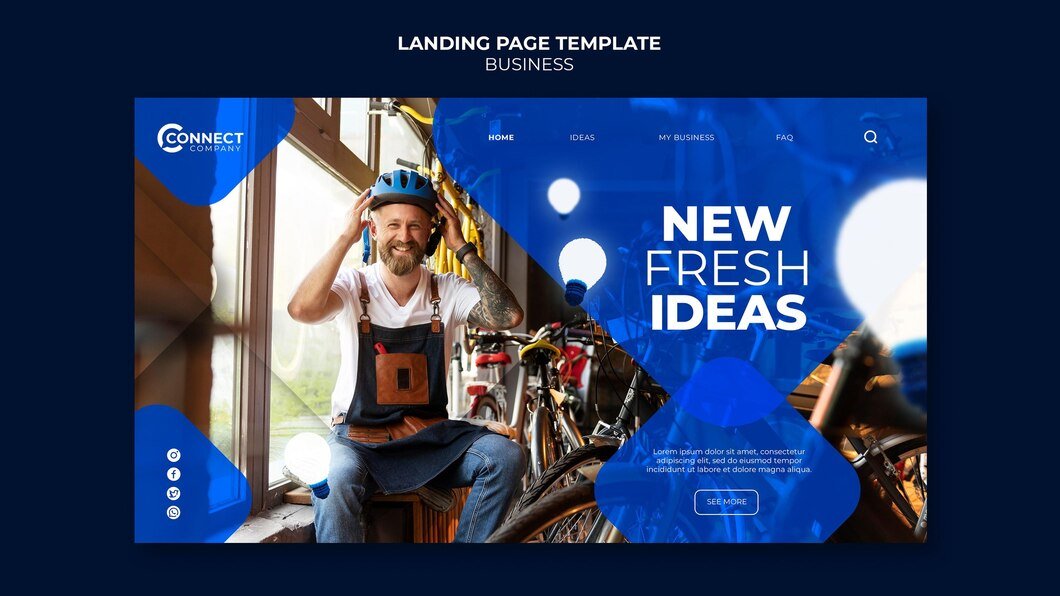In the fast-paced world of online retail, an e-commerce website must do more than just showcase products—it must provide a seamless and engaging shopping experience that converts visitors into loyal customers. To achieve this, incorporating essential features is crucial. Whether you’re launching a new e-commerce venture or looking to enhance your existing platform, here are five indispensable features that every e-commerce site should incorporate to maximize sales, improve user satisfaction, and stay competitive in the digital marketplace.
1. Mobile Optimization
With the increasing prevalence of mobile devices for online shopping, mobile optimization is no longer optional—it’s essential. According to Statista, mobile commerce accounted for nearly half of all e-commerce sales worldwide in 2023, highlighting the importance of catering to mobile users.
- Responsive Design: Ensure your e-commerce site is built with a responsive design that adapts seamlessly to various screen sizes and devices. This enhances user experience by providing a consistent and user-friendly interface regardless of the device used.
- Mobile-Friendly Checkout: Simplify the checkout process for mobile users to reduce friction and cart abandonment. Implement features like auto-fill for forms, mobile payment options (e.g., Apple Pay, Google Pay), and guest checkout to streamline the purchasing journey.
2. Intuitive Navigation and Search Functionality
Navigating through products should be effortless for visitors to find what they need quickly. An intuitive navigation and robust search functionality contribute significantly to user satisfaction and conversion rates.
- Clear Categories and Filters: Organize products into logical categories and subcategories. Incorporate filters such as price range, brand, size, color, and customer ratings to help users narrow down their options efficiently.
- Predictive Search: Implement a predictive search feature that suggests products as users type their queries. This not only speeds up the search process but also helps in showcasing relevant products prominently.
3. High-Quality Product Imagery and Descriptions
Visual appeal plays a critical role in online shopping. High-quality product images and detailed descriptions are essential to convey the value and uniqueness of your offerings effectively.
- Multiple Images: Provide multiple high-resolution images of each product from different angles. Include zoom functionality to allow customers to examine details closely.
- Detailed Descriptions: Write clear and concise product descriptions that highlight key features, specifications, dimensions, materials used, and benefits. Use bullet points for easy readability.
- User-Generated Content: Incorporate customer reviews, ratings, and user-generated photos to build trust and provide social proof. Encourage customers to leave feedback and showcase testimonials prominently.
4. Secure Payment Gateway
Security is paramount in e-commerce transactions to protect sensitive customer information and build trust. A secure and reliable payment gateway is essential for processing transactions seamlessly.
- SSL Encryption: Ensure your website uses SSL (Secure Sockets Layer) encryption to secure data transmitted between the user’s browser and your server. Display trust seals and badges to reassure customers about the security of their information.
- Multiple Payment Options: Offer a variety of payment methods, including credit/debit cards, digital wallets (e.g., PayPal, Stripe), bank transfers, and buy now, pay later options (e.g., Afterpay, Klarna), to accommodate diverse customer preferences.
- PCI Compliance: Adhere to PCI DSS (Payment Card Industry Data Security Standard) guidelines to maintain secure payment processing and protect against data breaches.
5. Customer Support and Engagement Tools
Providing excellent customer support and fostering engagement can differentiate your e-commerce site from competitors and encourage repeat business.
- Live Chat: Implement a live chat feature to provide real-time assistance to customers regarding product inquiries, order status updates, and general queries. This enhances customer satisfaction and reduces potential cart abandonment.
- FAQs and Help Center: Create a comprehensive FAQ section and a searchable help center to address common customer questions and concerns. Provide clear answers and solutions to guide users through their shopping journey.
- Personalized Recommendations: Utilize AI-driven recommendation engines to suggest relevant products based on customers’ browsing history, purchase behavior, and preferences. Personalization enhances the shopping experience and encourages upselling or cross-selling.
Conclusion
Incorporating these five essential features—mobile optimization, intuitive navigation, high-quality imagery and descriptions, secure payment processing, and customer support tools—lays a strong foundation for a successful e-commerce website. By prioritizing user experience, security, and engagement, businesses can not only attract more visitors but also convert them into satisfied customers who return for future purchases. Continuously monitor and optimize these features to adapt to evolving customer expectations and industry trends, ensuring your e-commerce site remains competitive and profitable in the dynamic digital landscape.













